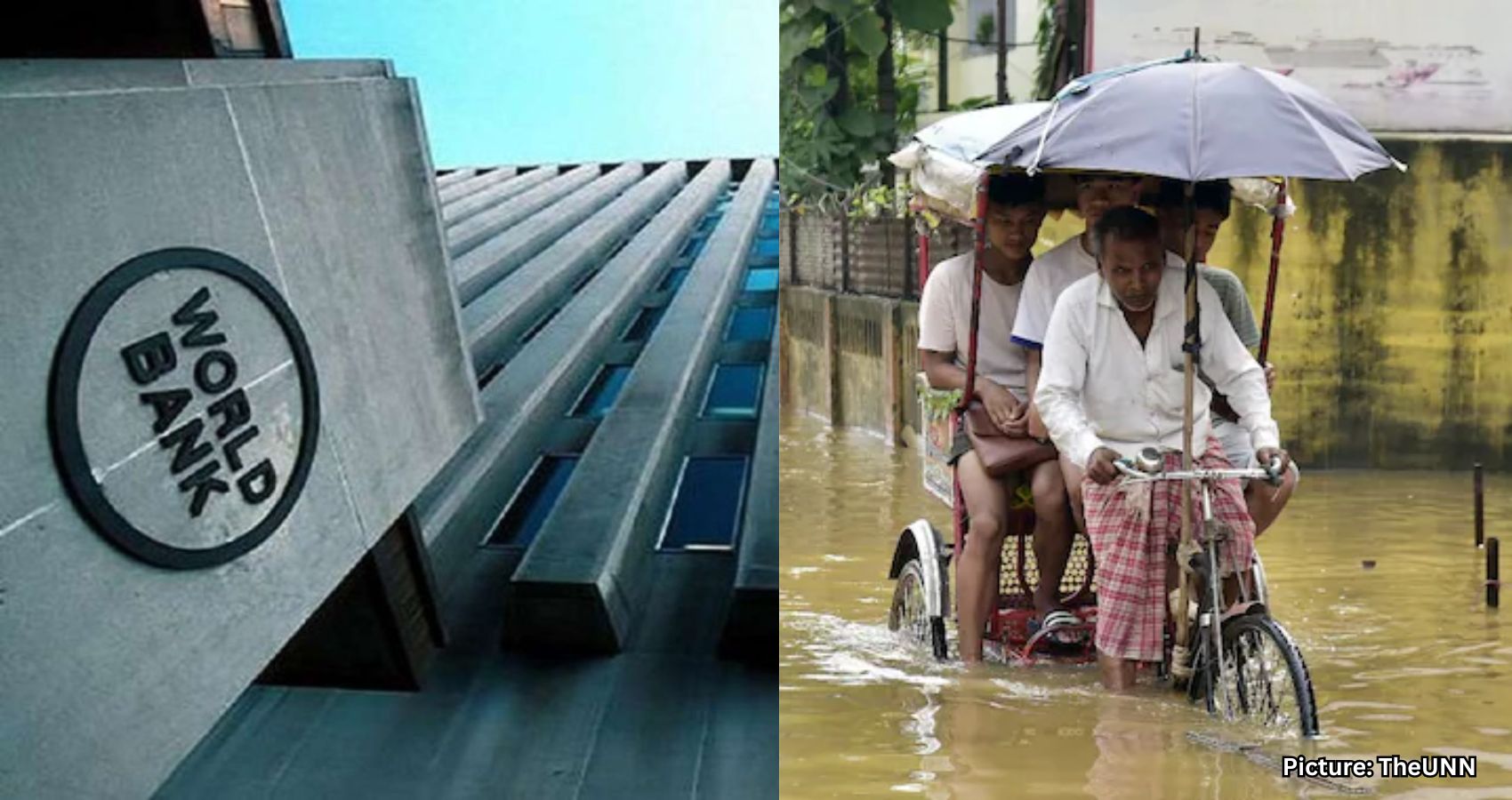The City of Artesia, California, has received the Gold Level Gateway Cities Energy Action Award for the third consecutive year, highlighting its commitment to sustainability and energy efficiency.
ARTESIA, CA – The City of Artesia has been honored with the Gold Level Gateway Cities Energy Action Award for the third consecutive year, solidifying its reputation as a leader in sustainability within the region. This accolade was presented during the 5th Annual Gateway Cities Energy Action Award (GCEAA) Ceremony, held on December 9 at the SoCalGas Energy Resource Center in Downey.
The award program assesses municipalities based on their initiatives to reduce energy consumption and implement environmentally friendly strategies. Artesia achieved its Gold-level status through a series of municipal initiatives carried out over the past year, including significant facility upgrades and the successful acquisition of environmental grants.
Among the key projects that contributed to this recognition are the installation of energy-efficient roofing materials at the AJ Padelford Park Community Center and the completion of landscaping and tree planting along the Historic District Recreation Trail. Furthermore, the city secured a Youth Community Access Grant, which will fund local environmental programming aimed at engaging the community.
Mayor Rene Trevino expressed pride in the city’s achievement, stating that the recognition underscores Artesia’s ongoing commitment to sustainability and the investments made for the benefit of both residents and the wider region.
The GCEAA framework evaluates city activities, including infrastructure improvements and the incorporation of energy-efficient practices into daily municipal operations. By meeting these criteria, Artesia continues to support long-term regional strategies for environmental preservation, ensuring a sustainable future for its community.
According to IANS, Artesia’s consistent recognition in the GCEAA reflects its dedication to fostering a greener environment and promoting energy efficiency initiatives.








